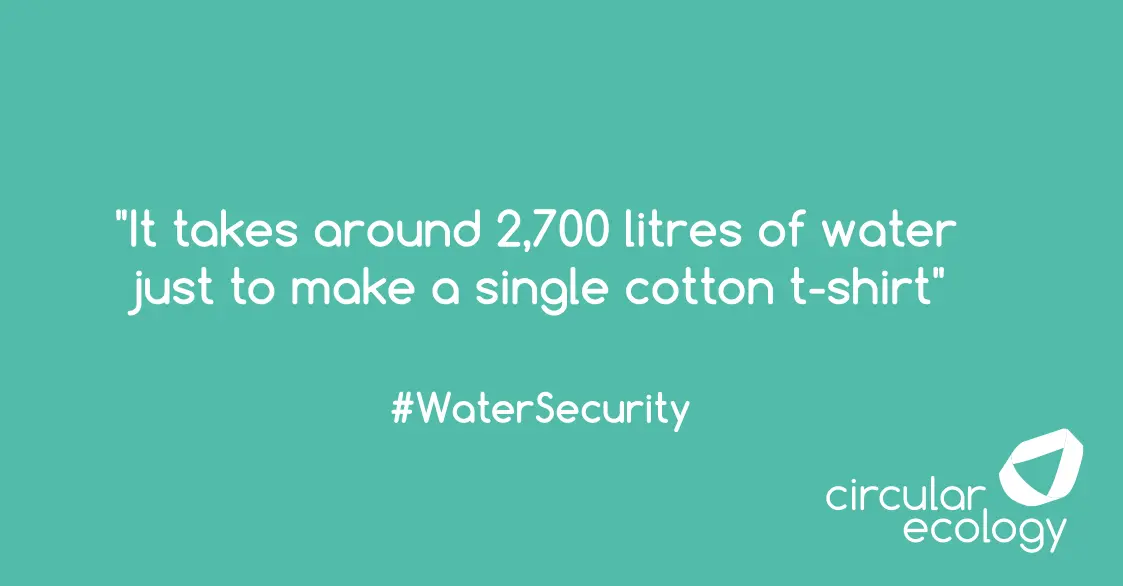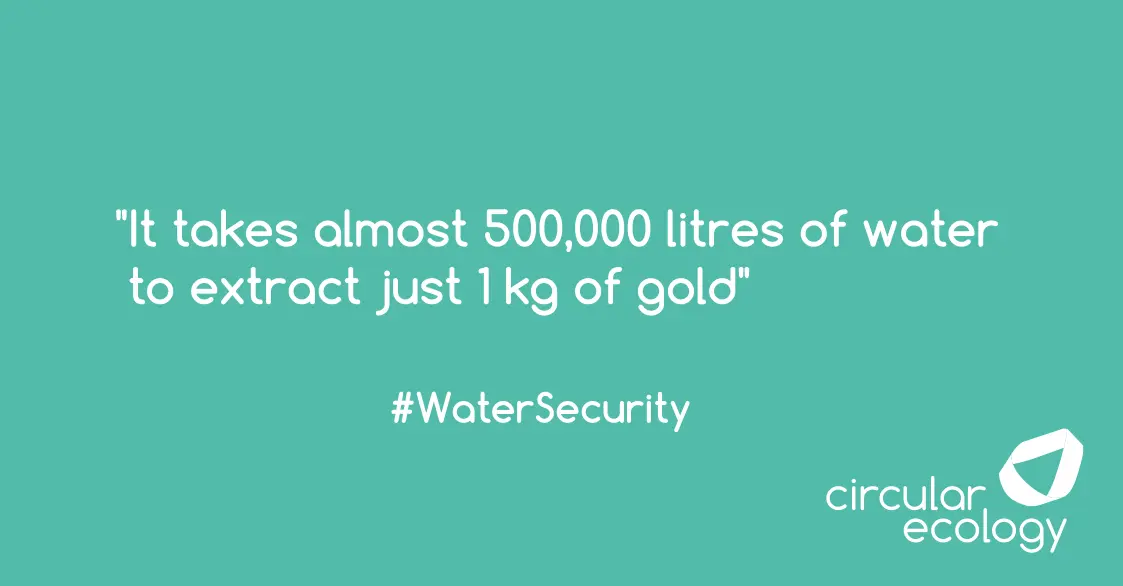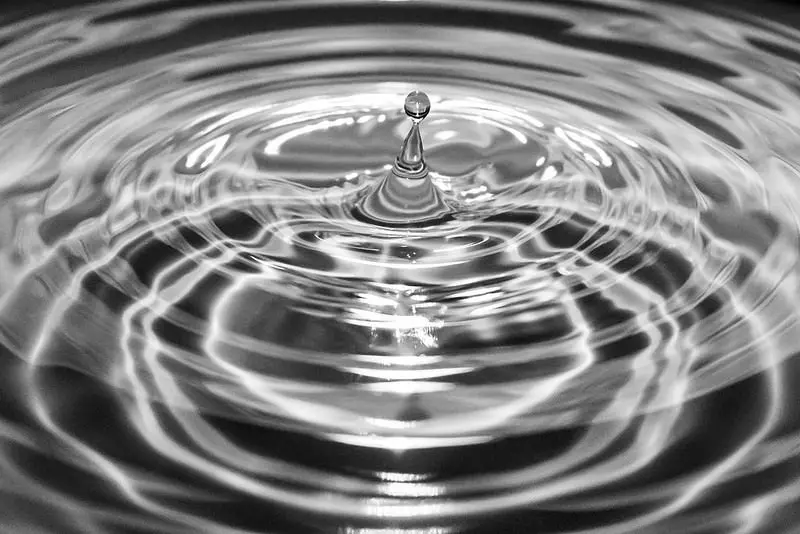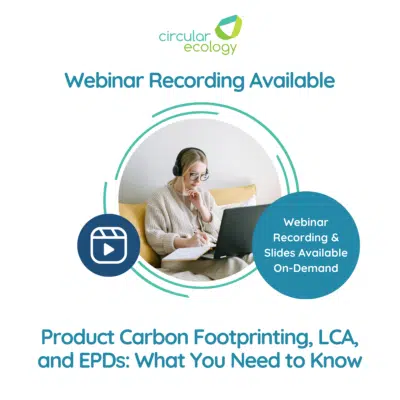An Introduction to the UN Sustainable Development Goal 6 - Clean Water and Sanitation

In 2015, the United Nations approved the Sustainable Development Goals (SDGs). It was approved by all UN members and is a new roadmap, replacing the previous Millennium Development Goals. These 17 updated goals aim for peace and prosperity for people and the planet by 2030. The SDGs recognise the need for matters such as health and education to go hand in hand with the search for equality, not forgetting to tackle poverty, protecting our land and oceans, and fighting for climate justice.
The sustainable development goals have become a particularly important and influential toolkit for any sustainability practitioner.
This article will give an overview of SDG 6 – Clean water and sanitation.
What is UN SDG 6 About?
The main purpose of goal 6 is to “Ensure availability and sustainable management of water and sanitation for all”.
This means an investment in the necessary infrastructure and sanitation facilities to provide basic hygiene and clean drinking water to communities around the world.
Access to clean water and sanitation infrastructure is a basic human right – or, at least, it should be. Clean water is essential to all life on earth. Unfortunately, water scarcity still affects almost half of the world’s population. This number is expected to increase, in line with global temperature rises. As with many of the UN sustainable development goals, this presents a link with climate change. It shows why achieving SDG 13 – Climate Action goes hand in hand with taking action on SDG 6 clean water and sanitation.
Clean Water and Sanitation Targets
Each one of the UN sustainable development goals is divided into several measurable targets. For clean water and sanitation, the targets set by the UN are:
6.1 By 2030, achieve universal and equitable access to safe and affordable drinking water for all;
6.2 By 2030, achieve access to adequate and equitable sanitation and hygiene for all and end;
open defecation, paying special attention to the needs of women and girls and those in vulnerable situations;
6.3 By 2030, improve water quality by reducing pollution, eliminating dumping and minimising release of hazardous chemicals and materials, halving the proportion of untreated wastewater and substantially increasing recycling and safe reuse globally;
6.4 By 2030, substantially increase water-use efficiency across all sectors and ensure sustainable withdrawals and supply of freshwater to address water scarcity and substantially reduce the number of people suffering from water scarcity;
6.5 By 2030, implement integrated water resources management at all levels, including through trans boundary cooperation as appropriate;
6.6 By 2020, protect and restore water-related ecosystems, including mountains, forests, wetlands, rivers, aquifers and lakes;
6.A By 2030, expand international cooperation and capacity-building support to developing countries in water- and sanitation-related activities and programmes, including water harvesting, desalination, water efficiency, wastewater treatment, recycling and reuse technologies; and
6.B Support and strengthen the participation of local communities in improving water and sanitation management.
Clean Water Facts and Figures
Lack of access to clean water and sanitation infrastructure not only directly affects SDG 6, but has a much wider impact. Problems such as food security (SDG 2 – Zero Hunger), livelihood choices (SDG 1 – No Poverty), safe healthcare (SDG 3 – Good Health and Well-Being), and even educational opportunities (SDG 4 – Quality Education) are all affected by one’s access to water. And these are just a few examples.
- 2 out of 5 people worldwide do not have a basic hand washing facility with soap and water at home (2017)
- 9% of the world population still practices open defecation (2017)
- 1 out of 4 healthcare facilities worldwide lack basic drinking water services (2017)
- Half of the world’s population is already experiencing severe water scarcity at least one month a year (2017)
- Women and girls are still responsible for water collection in 80% of households without water access on premises (2017)
- More people have a phone than a toilet (2018)
And although we can see some progress, it is slow. Current rates would have to double in order for targets to be reached by 2030.

What Does This Mean for Businesses?
Even if you believe your business could not be affected by water scarcity issues, it is worth thinking again. As more and more households, industries, ecosystems and organisations demand clean water, and climate change keeps lessening the supply and quality, water security risks grow. It is not only the environment that is affected. Governments, businesses, communities and individuals, all feel the consequences. The good news is, that businesses can help.
How Can Businesses Take Action on Clean Water?
An excellent way for a business to take action on SDG 6 is by adopting a clean water stewardship strategy. With the right strategy in place, businesses are ensuring a long-term clean water supply and sanitation provision in their communities and supply chains, whilst contributing to sustainable development.
Organisations can also look to investigate their water footprint. This will reveal where in your supply chain water is consumed. It will also reveal areas with the highest water security risks. A water footprint can look at production of products, construction of buildings, or services.
Another great way an organisation can contribute to SDG 6 is through supporting projects in communities affected by water scarcity or with poor sanitation infrastructures. This can include any number of activities, such as funding clean water initiatives on specific projects, or considering the water footprint of products and supply chains.
Farming and industrial facilities are often the main polluters of clean water sources, especially in poorer countries and communities, which lack sanitation and water management infrastructures. Besides the obvious impacts polluted waters have on health, biodiversity and the environment, it also unduly affects women.

Benefits of Borehole Rehabilitation
In many developed countries, girls and women are kept out of school and need to walk long distances on a daily basis in order to collect water. To further add to the burden, often the water is not even safe to drink. It therefore needs to be boiled and purified before safe use as drinking water. Therefore, a great way to improve the life of a struggling community is through a borehole rehabilitation project. Supporting a borehole rehabilitation project in a developing country contributes not only to SDG 6, but, at least, to SDGs 3, 4 and 5 as well.
Even small activities such as educating one’s employees on the importance of water efficiency or removing certain chemicals from the company’s processes can end up having a great impact.
If you are interested in reading more about the benefits of clean water through borehole rehabilitation, see our article on a clean water project in Africa.
Water is a vital resource. Life can’t be sustained without clean water. Without access to clean water, none of the other 16 sustainable development goals matter. It is a matter of survival. This is what makes SDG 6 such a critical and urgent sustainable development goal.
Webinar Recap: ICE Insights: Are All EPDs Created Equal?
On Thursday, 22nd May, Circular Ecology hosted the third instalment in the ICE Database Insights [...]
May
Webinar Recap: ICE Insights: ICE Analytical Review Processes
On Wednesday, April 30th, Circular Ecology hosted the second session of our ICE Database Insights [...]
Apr
Webinar Recap: ICE Insights: Data Quality Scoring
On Thursday, April 10th, Circular Ecology launched the first session of our ICE Database Insights [...]
Apr
Webinar Recap: Product Carbon Footprinting, LCA, and EPDs
On Wednesday, April 3rd, Circular Ecology delivered our fourth webinar of 2025: Product Carbon Footprinting, LCA, [...]
Apr




